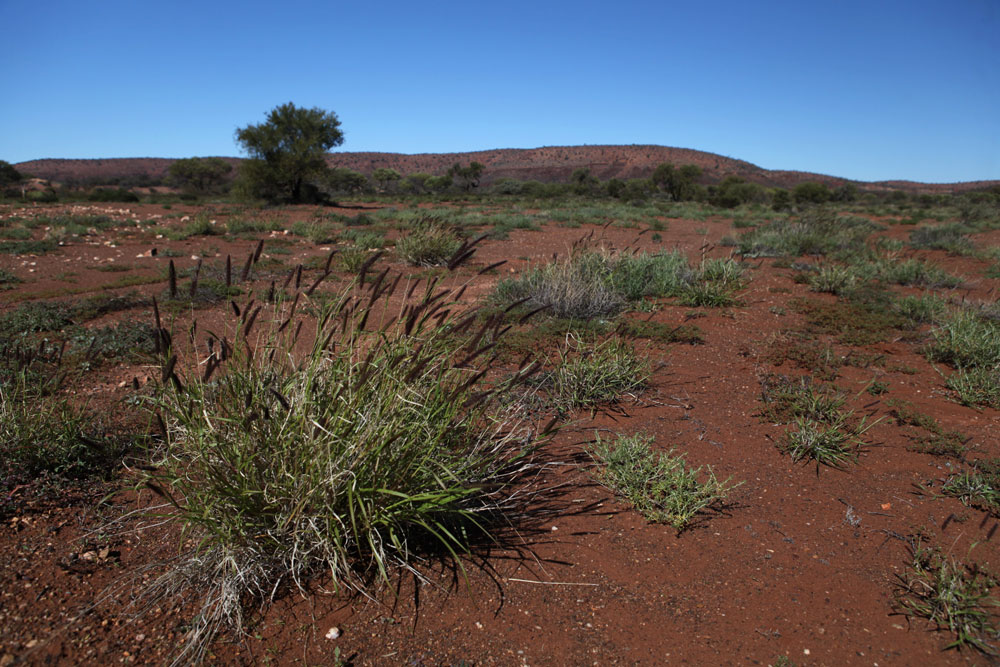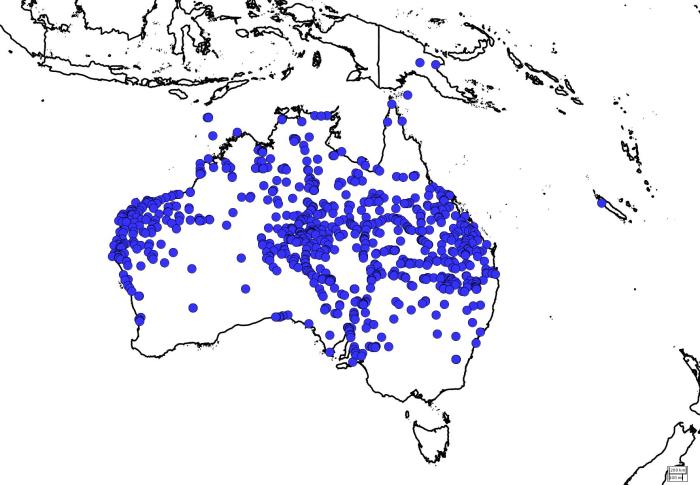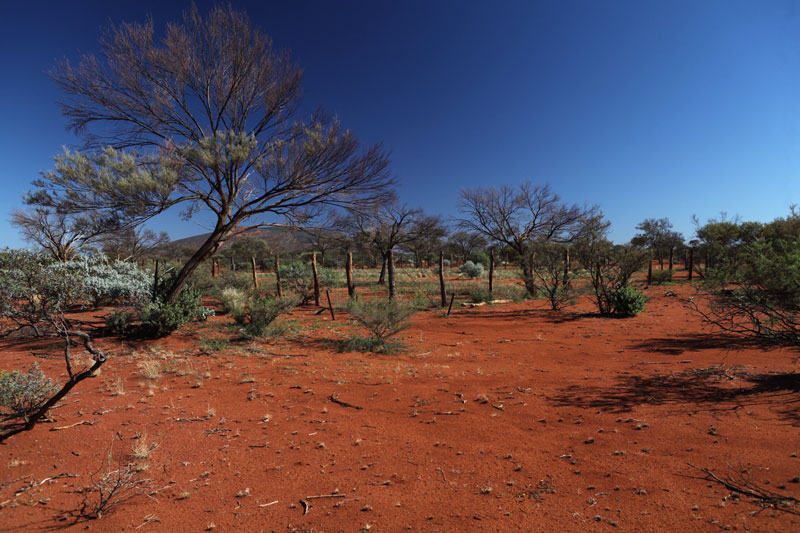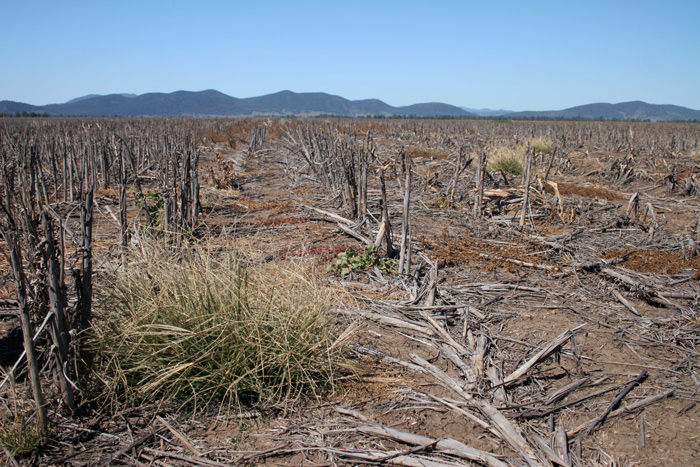Is herbicide resistance starting to direct your clients’ rotations and management strategies? What advice will you be giving on glyphosate-resistant ryegrass, brome grass, windmill grass and fleabane? What about control of broadleaf weeds resistant to multiple modes of action? These will be among the questions posed to Victorian grains industry advisers at a Herbicide Resistance Technical Update on Friday, July 25, at Bendigo.
Sponsored by the Grains Research and Development Corporation (GRDC) and the Australian Glyphosate Sustainability Working Group, the Technical Update is designed to place advisers on the “front foot” in terms of herbicide resistance knowledge and understanding.
A range of experts from across Australia will be presenting and discussing strategies in detail. They include Chris Preston, University of Adelaide, looking at multiple resistance in broadleaf weeds; Andrew Storrie, Australian Glyphosate Sustainability Working Group, on how Western Australian farmers are dealing with multiple resistant wild radish; and Pingrup (WA) farmer Doug Smith who will give his thoughts on narrow windrow burning of high-yielding crops.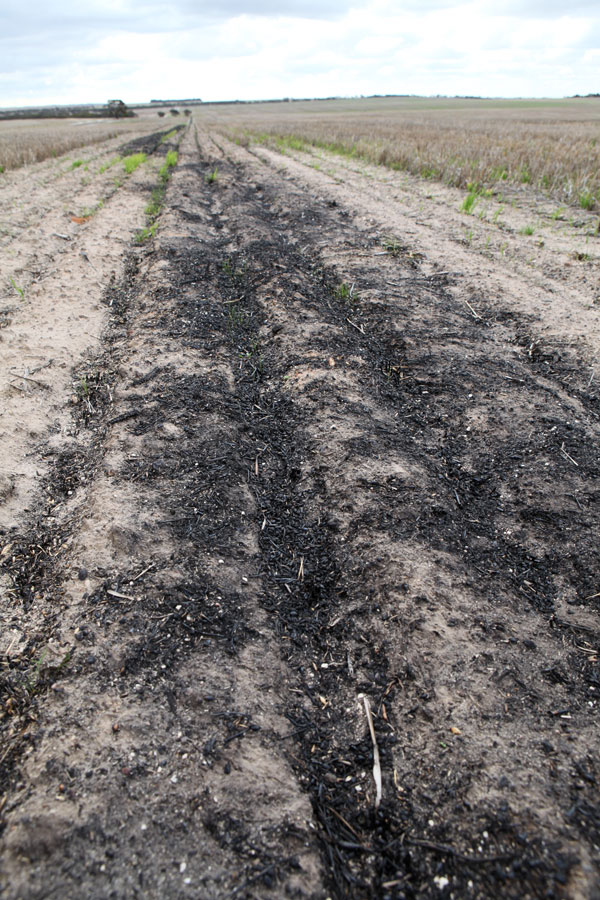 Five tonne per ha barley crop successfully windrow burnt, March 2014
Five tonne per ha barley crop successfully windrow burnt, March 2014
St Arnaud farmer Roy Postlethwaite and Jaron Bennett of AgriVision Consulting, Swan Hill, will discuss living with glyphosate resistance for 15 years; Peter McInerney, of 3D-Ag, Wagga Wagga (NSW), will delve into the role of manuring in farming systems in the southern grain region; Sam Kleemann, University of Adelaide (SA), will advise on understanding and managing glyphosate resistant brome grass; and Sally Peltzer, Department of Agriculture and Food WA, will explore decision support systems such as Weed Seed Wizard and RIM.
The Technical Update will be from 8:30am to 4 pm at the Bendigo Racecourse. For further information or to register, contact Andrew Storrie on 0428 423 577 or email andrew@agronomo.com.au.
For further information
Andrew Storrie, AGSWG
Phone 0428 423 577
Contact
Sharon Watt, Porter Novelli
Phone 0409 675100


 st herbicide resistance. This manual was a huge collaboration under the umbrella of the CRC for Australian Weed Management.
st herbicide resistance. This manual was a huge collaboration under the umbrella of the CRC for Australian Weed Management.




